« Schmaltz »
 Friday, October 24, 2014 at 9:01PM
Friday, October 24, 2014 at 9:01PM Make no bones about it. Michael Ruhlman loves animal fat. So it was almost inevitable that one day, he would tackle the subject of schmaltz, or rendered chicken fat. Ruhlman navigates the subject with the help of his friend and neighbor, Louis Baron, who guides him through the historical, cultural and culinary significance of this nearly forgotten, but highly versatile, cooking fat.
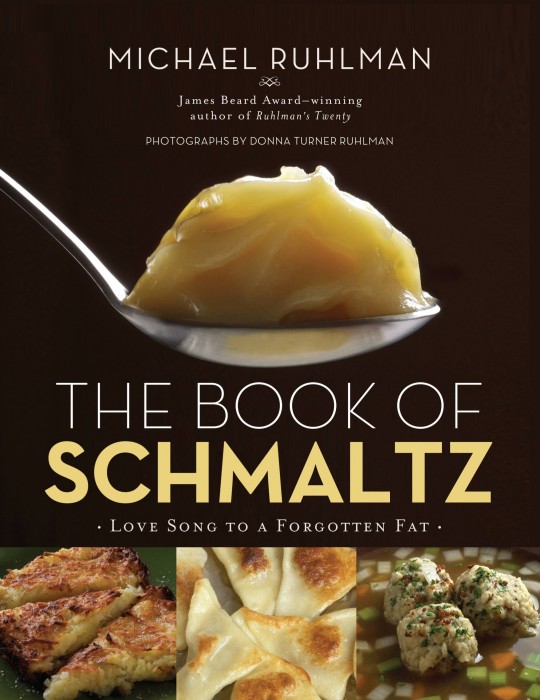
Up until a couple of months ago, I had never tasted schmaltz. In fact, I only had a vague idea of what it was. But over the years, I have heard many people reminisce about eating schmaltz as children -- often recalling that they "smeared it on rye bread", like one would eat butter.
For the uninitiated, Schmaltz is rendered chicken fat which is flavored with onion. A by-product of making schmaltz is Gribenes, which are crispy/caramelized pieces of chicken skin and onions -- often added to dishes for additional flavor.
The tradition of making schmaltz originated in Eastern/Northwestern Europe, where it was the fat of choice amongst Ashkenazi Jews. In many ways, it was both a practical and necessary choice for Kosher households. Poultry was plentiful, easy to raise and very versatile. Moreover, other forms of fat (such as lard and butter) could not be used to cook meat in a Kosher kitchen.
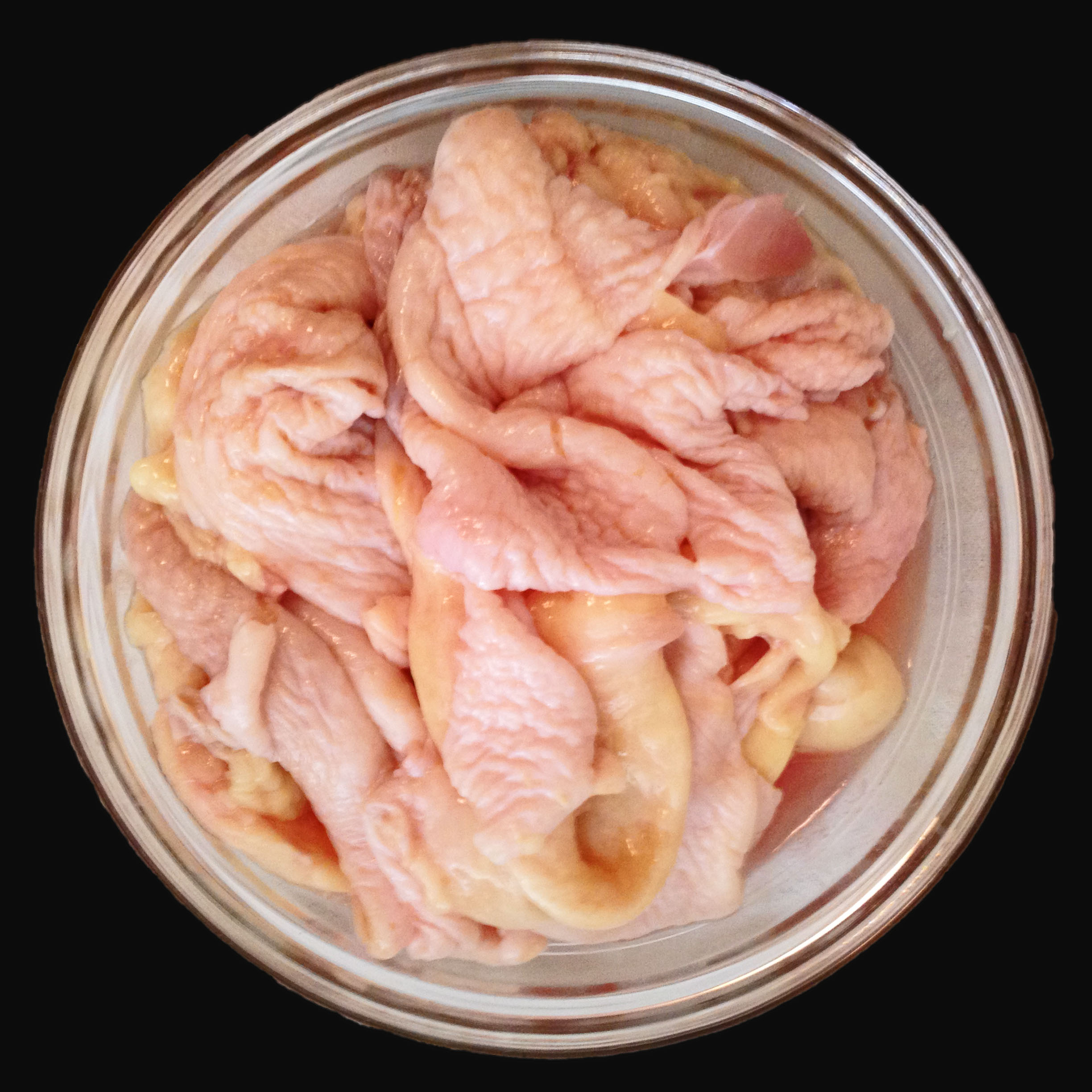
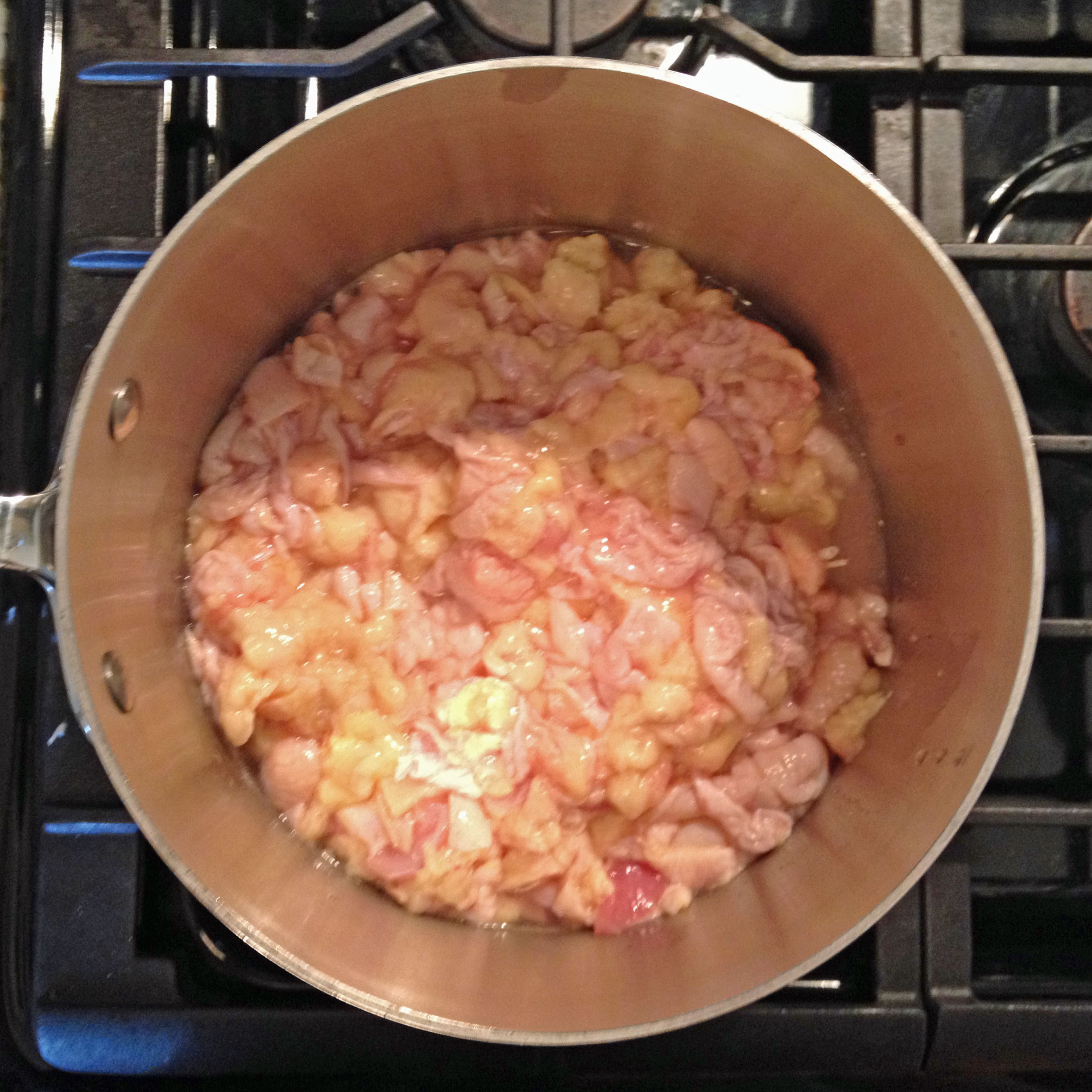
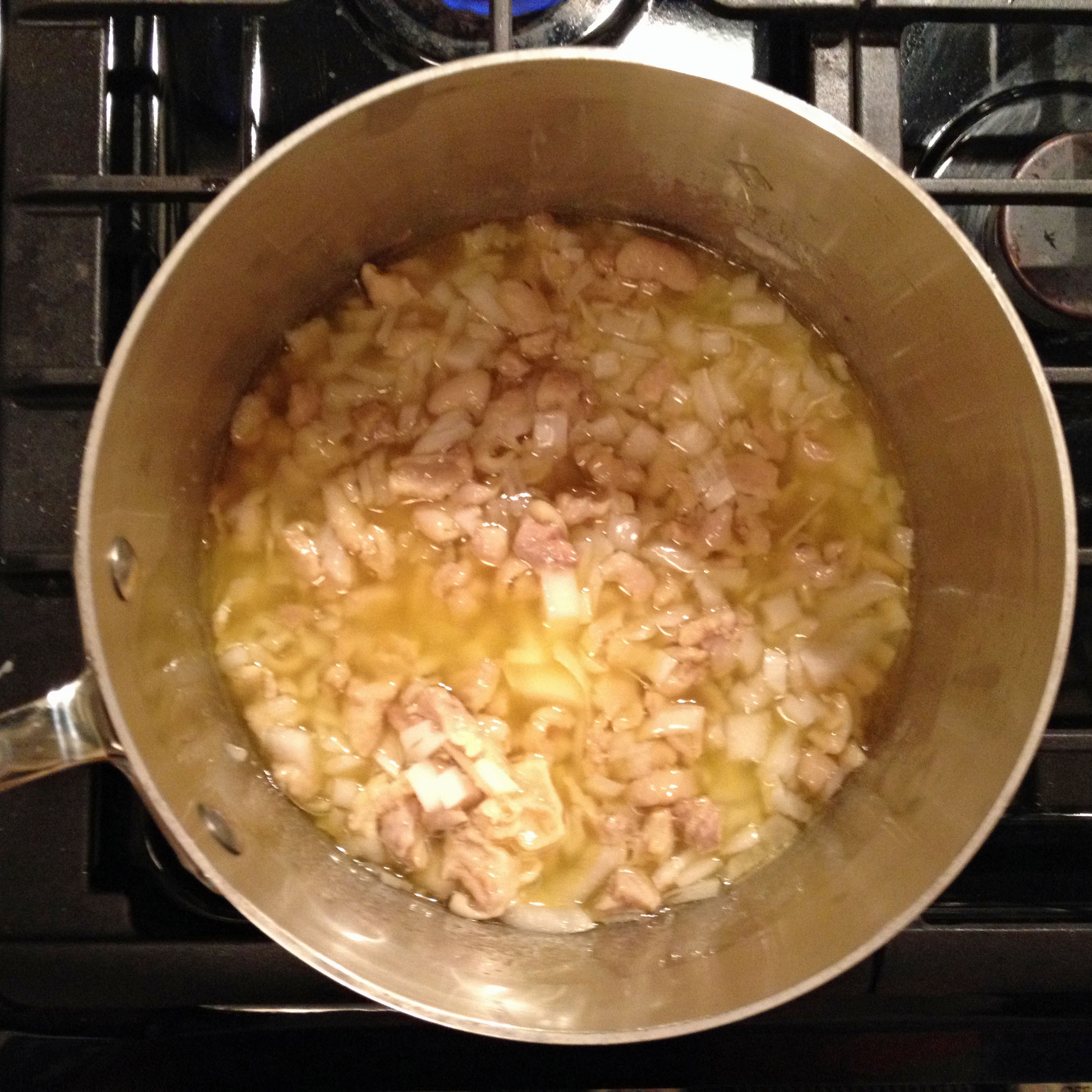
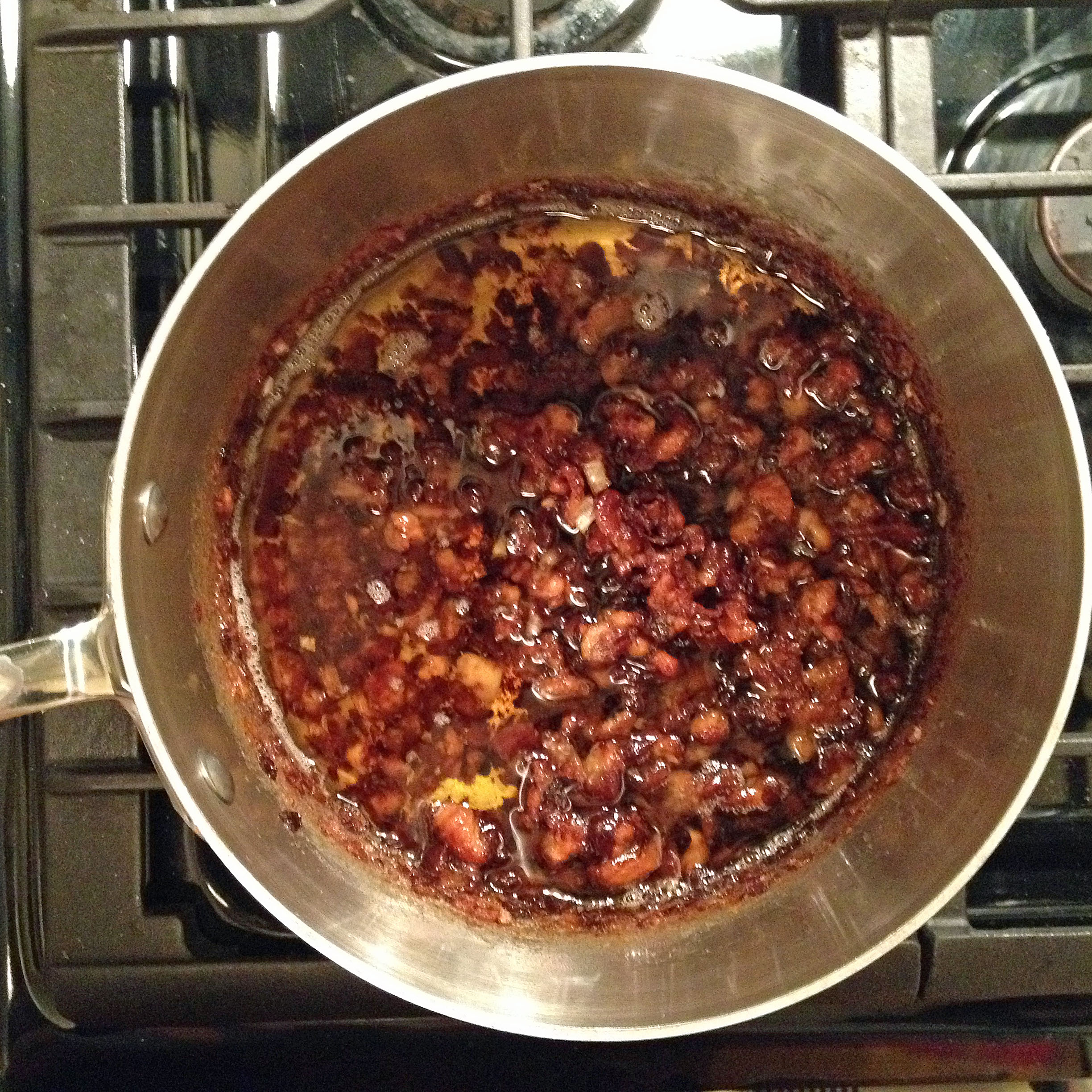
Cooking with schmaltz gradually fell out of favor in the US, due to health concerns (which are now largely disputed) and the availability of cheap vegetable oils. But in my view, schmaltz was also the victim of a changing American food culture, which increasingly relied on fast, highly processed food "products" and eschewed cooking with whole foods.
In an interview, Lois Baron noted that "Schmaltz is not easy, because you can't go into a store and by authentic schmaltz, like you buy olive oil. You have to make it". I guess I would counter by saying that schmaltz is actually quite easy to make. However, it takes time and some patience -- not unlike making chicken stock or cooking brisket.
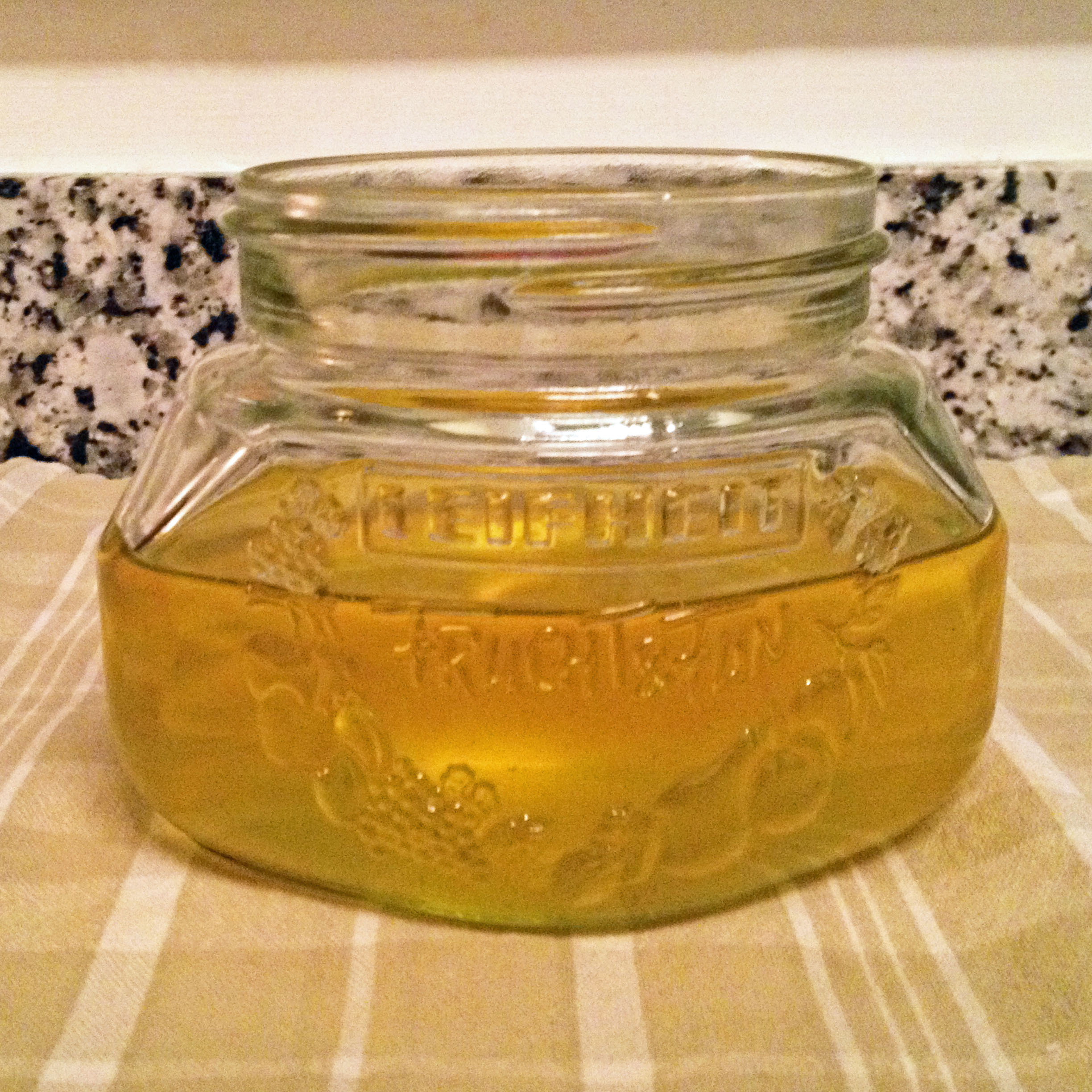
When all was said and done, I was really amazed at how lovely the rendered fat was. Unlike bacon fat or lard, schmaltz is light -- almost delicate. The flavor is recognizably chicken, but there is also a hint of the caramelized onion in the mix.
Schmaltz is a very versatile fat, which in many ways is interchangeable with butter. I particularly love to fry potato pancakes with it, as they crisp up like a charm. It is also the fat of choice in many traditional recipes such as matzo balls, as well as contemporary dishes like Parisienne Gnocchi. Read on for some recipes (and inspiration) here.
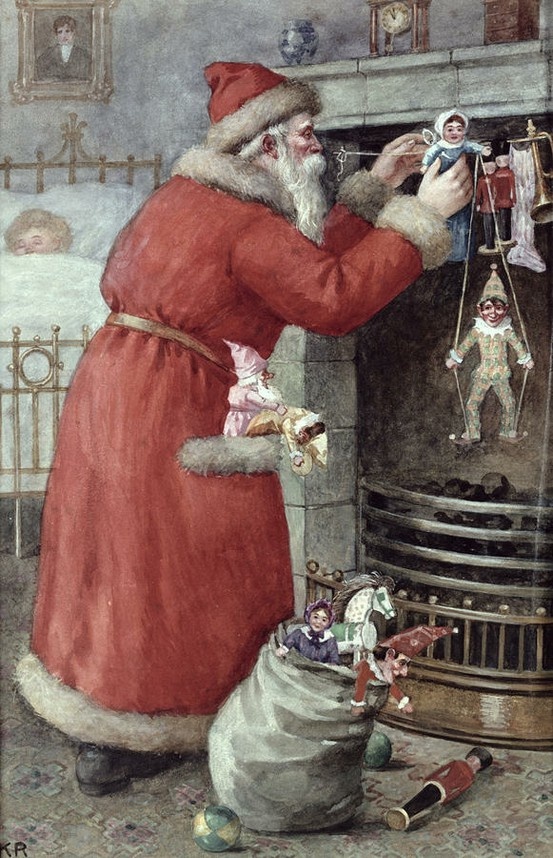

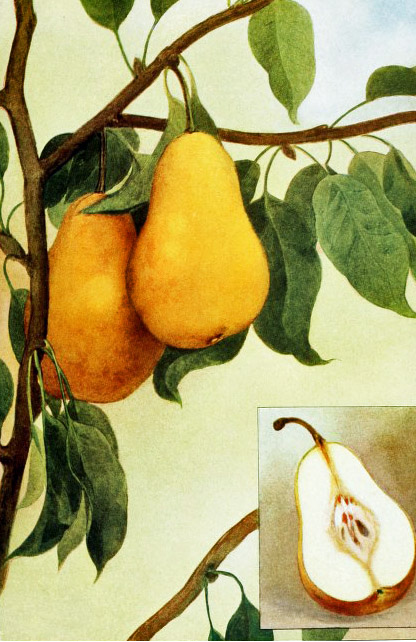



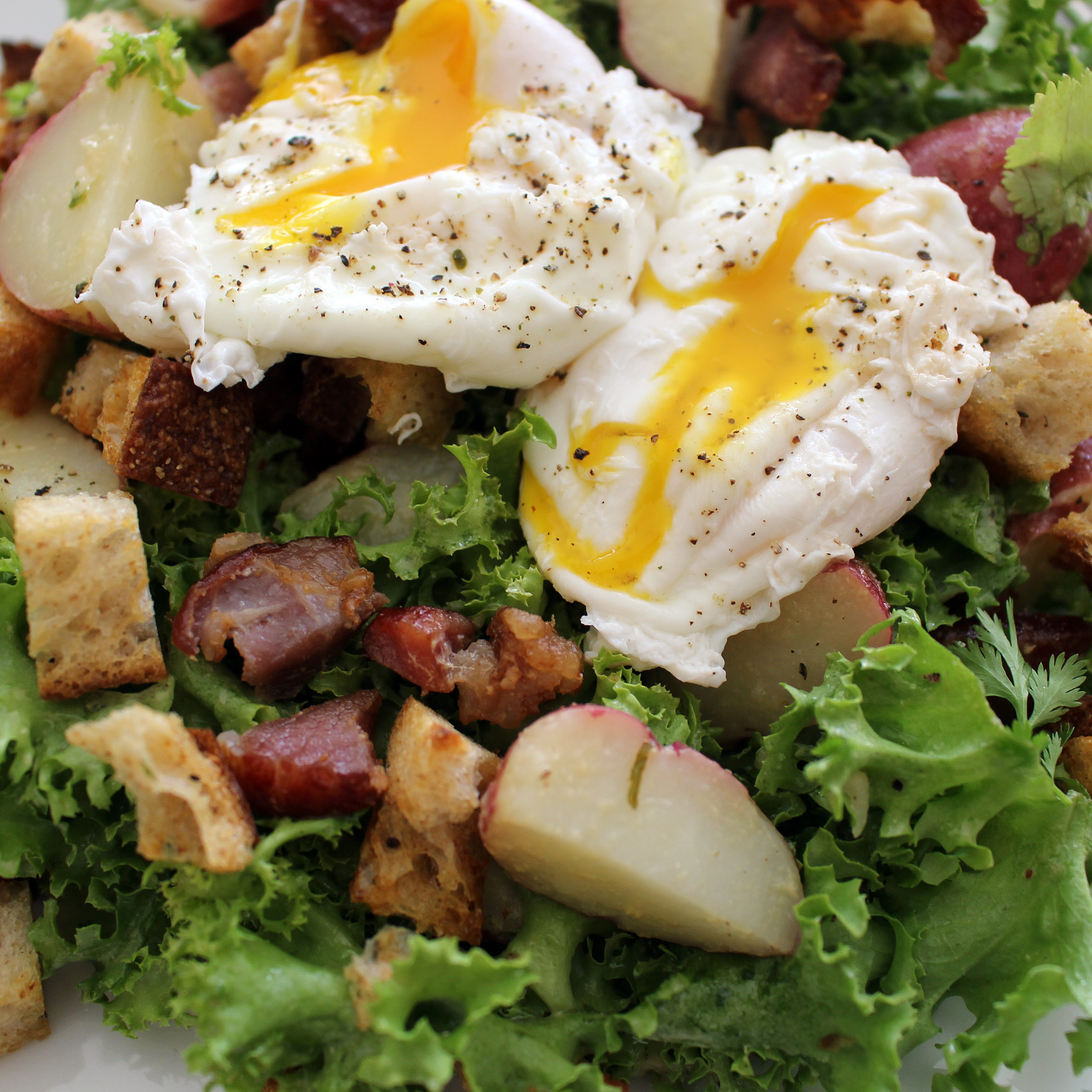
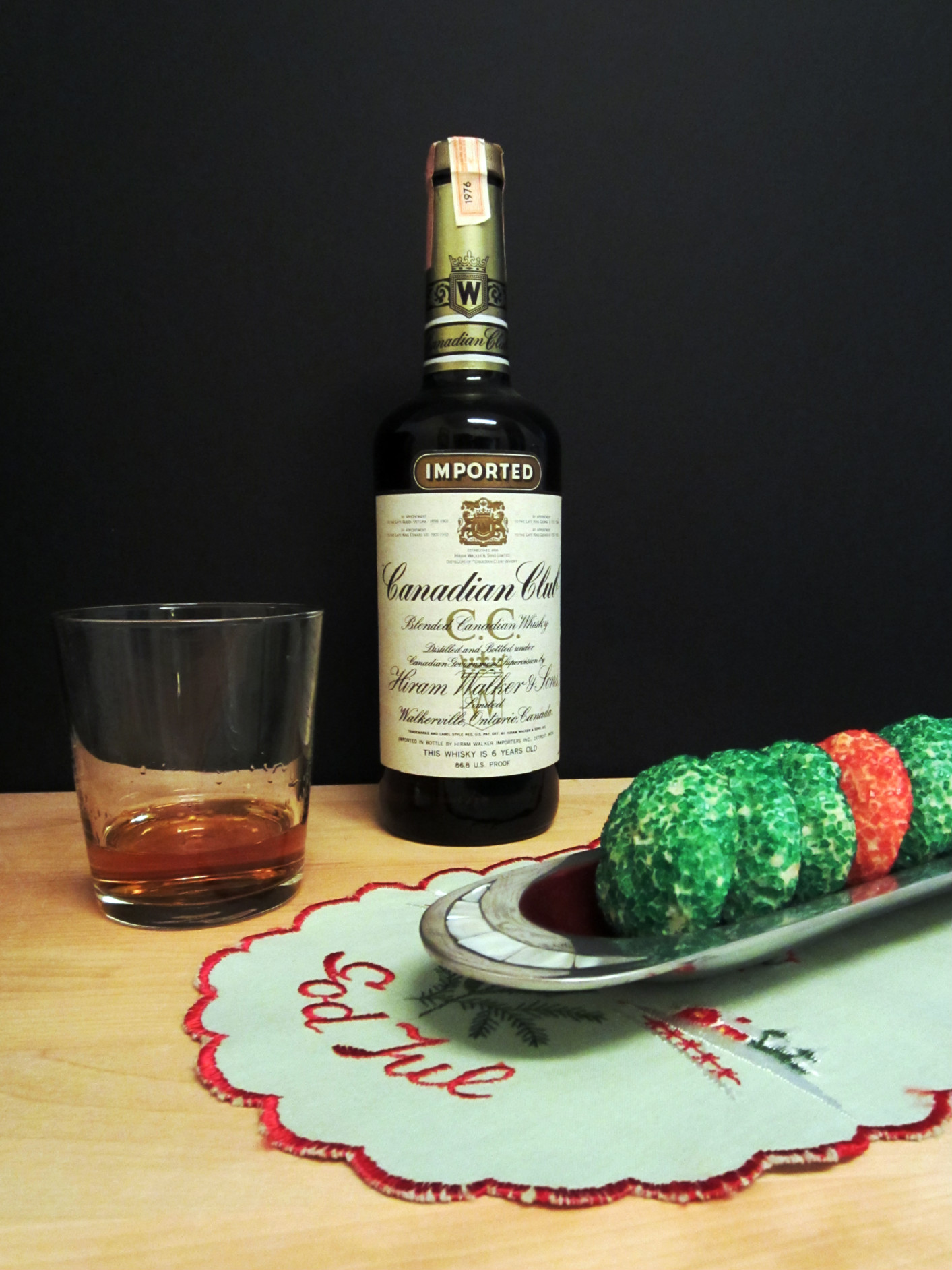
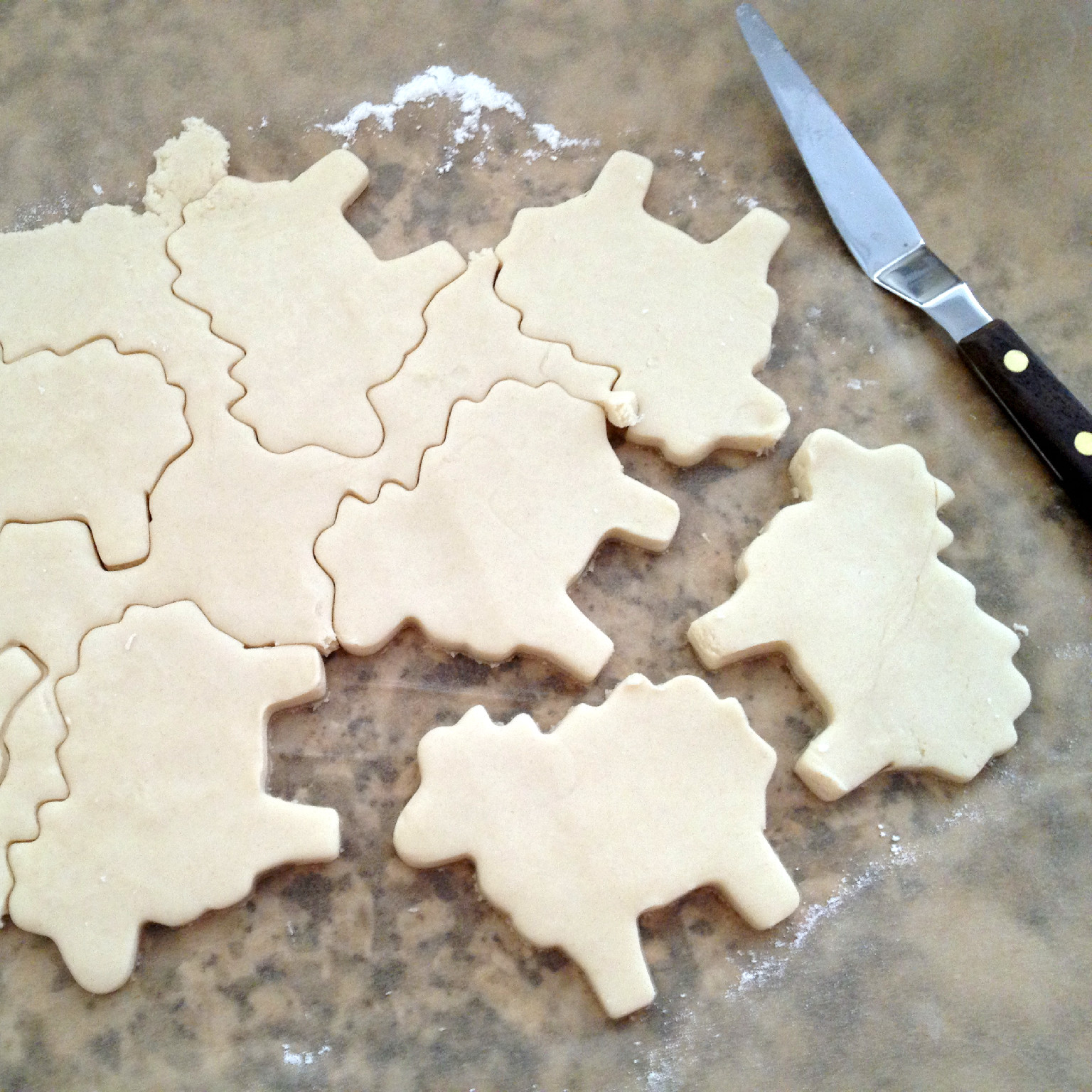
Reader Comments